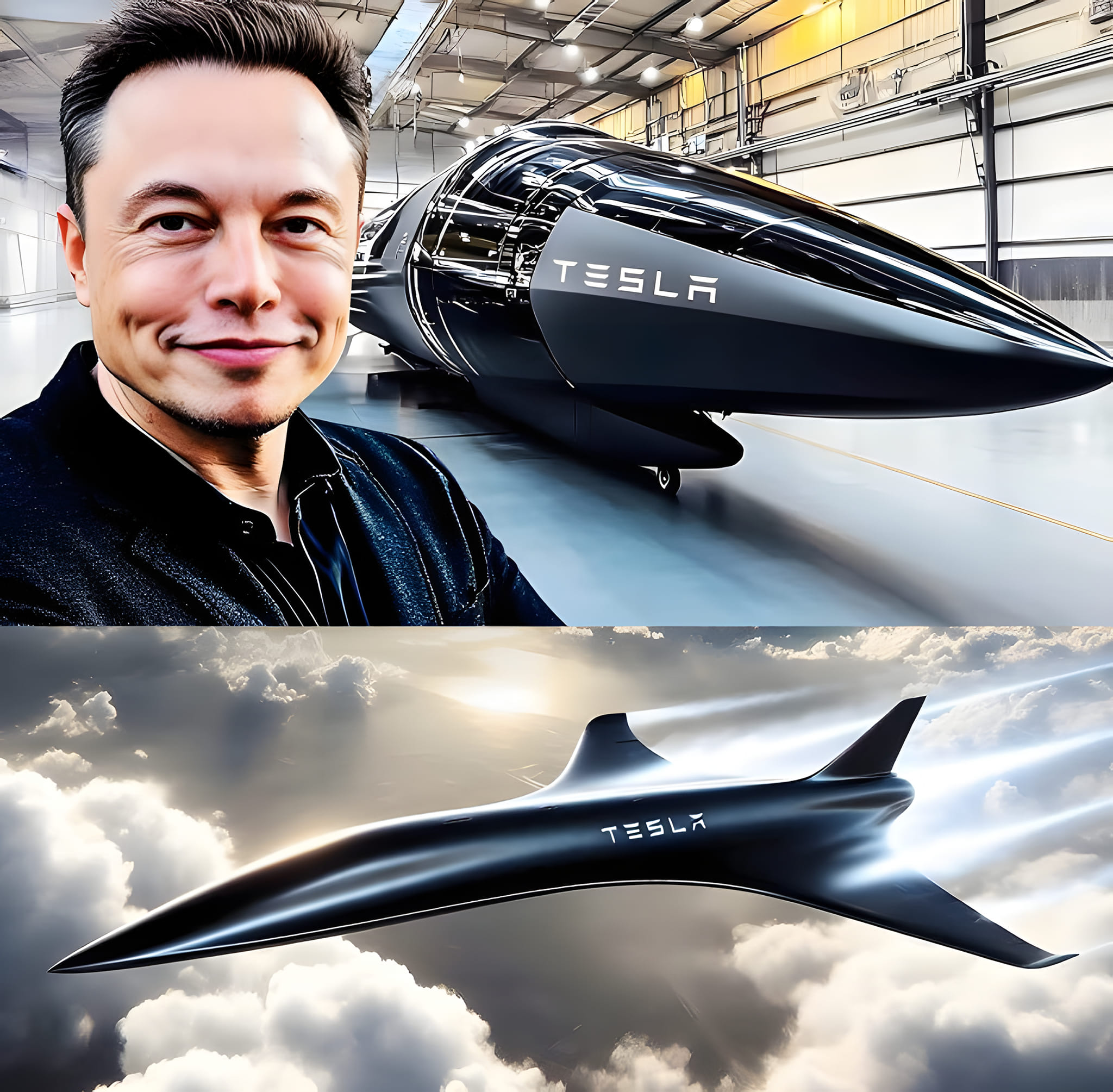Musk: 10B Humanoid Robots by 2040 Costing $25K Each

A Glimpse Into the Future Workforce
Musk’s vision is centered on the use of humanoid robots, capable of assisting or even replacing humans in numerous roles. The proposed price makes them accessible across sectors and households worldwide, suggesting robots might soon become an everyday sight. If produced at scale, these robots could fill jobs that are labor-intensive or in demand, offering help in sectors from healthcare to education to manufacturing.
Feasibility and Production Challenges
Creating 10 billion robots within the next two decades raises questions about production capacity, resource availability, and ethical implications. Producing robots on such a large scale requires cutting-edge manufacturing processes and significant advances in artificial intelligence. The proposed $25,000 price point is an attainable target but hinges on reductions in material and production costs.
The Role of AI in the Workforce Shift
A workforce powered by humanoid robots would change global labor dynamics, with artificial intelligence playing a central role in operating these machines. Musk envisions robots capable of learning and improving over time, potentially replacing humans in dangerous, repetitive, or labor-intensive tasks. While this shift may lead to an increase in productivity and safety, it also raises questions about the displacement of jobs and the importance of retraining the human workforce for more specialized roles.
Economic and Social Implications
The implementation of such a vision could affect global economies, potentially boosting economic productivity and revolutionizing sectors like healthcare, education, and logistics. However, it could also lead to significant societal shifts. Access to humanoid robots might become a dividing line, raising concerns about inequality and access to technological advancements.

Musk’s Vision: Progress or Provocation?
Elon Musk’s statements about deploying billions of robots may seem ambitious, even provocative, but his track record of innovation in space, electric vehicles, and AI shows his determination to achieve what once seemed impossible. The path forward is complex, and questions remain about ethical guidelines, regulatory frameworks, and the overall impact of these robots on society.
As 2040 approaches, Musk’s ambitious vision beckons us to consider the role of technology in our lives and the balance between innovation and human values. Whether these humanoid robots become a common presence or a futuristic dream, Musk’s vision challenges us to rethink what’s possible.



